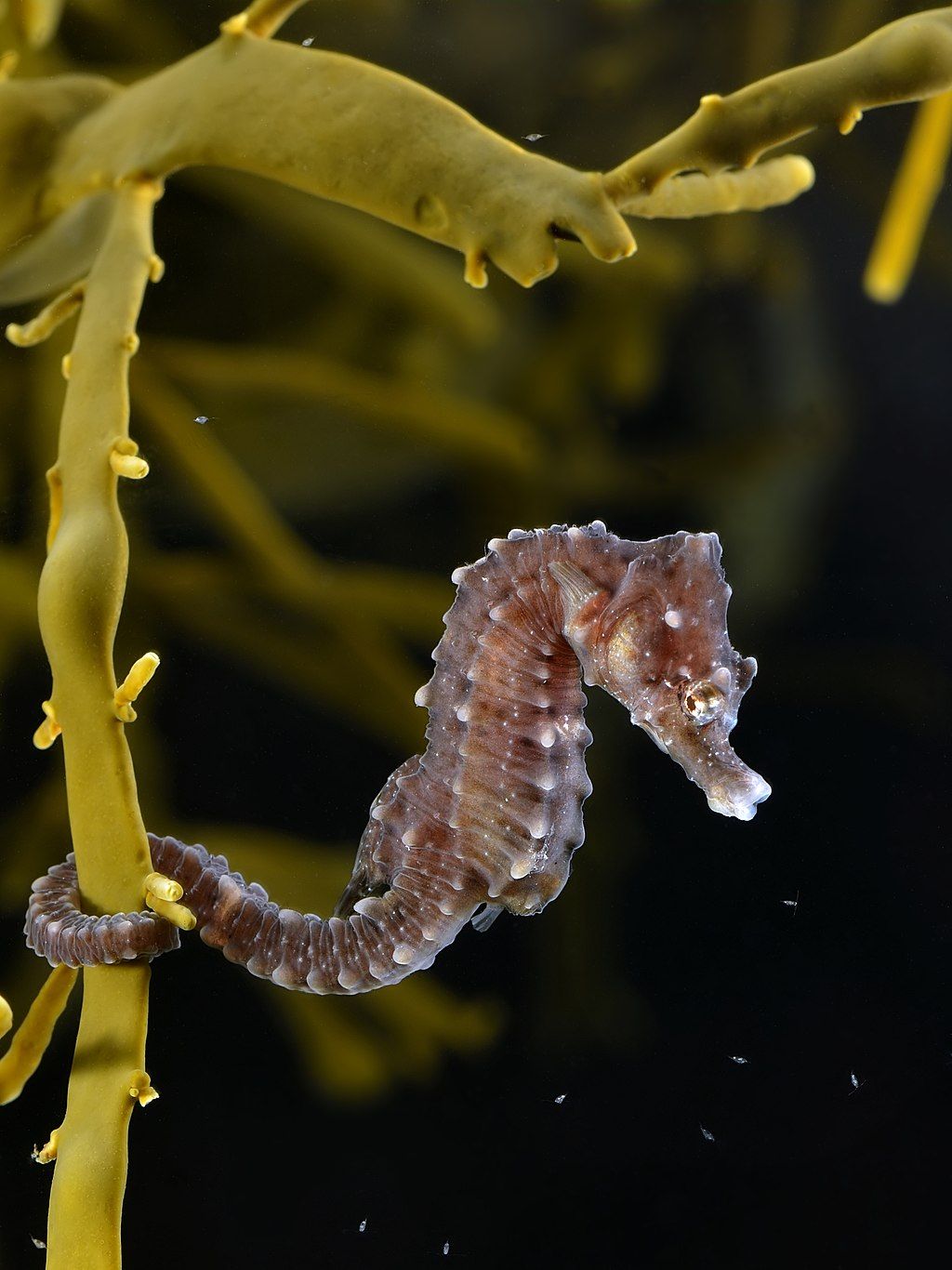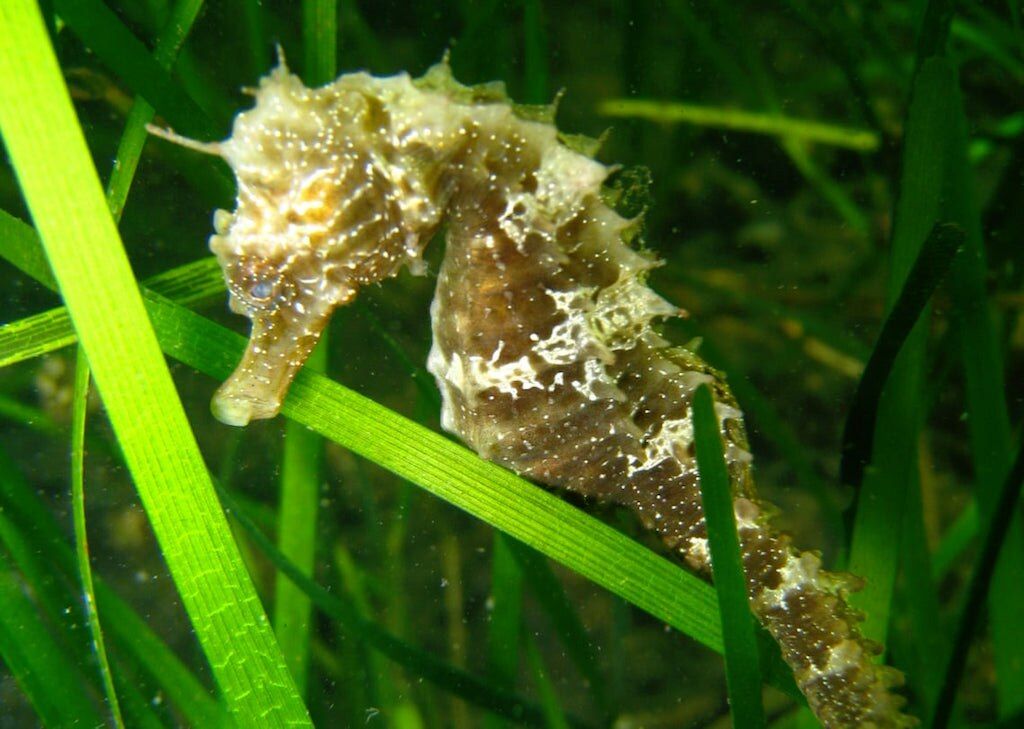Species focus: short-snouted seahorse
By Weald to Waves - 18 July 2023
Species focus: short-snouted seahorse (hippocampus hippocampus)

- Habitat: Found in Sussex's coastal waters, particularly among seagrass meadows, rocky reefs, and areas with seaweed.
- Range: Distributed across the eastern Atlantic Ocean, from the UK to North Africa.
- Size: Grows up to 12 centimeters (4.7 inches) in length.
- Appearance: Distinctive short snout, prehensile tail, and a body covered in bony plates.
- Camouflage: Can change color to blend with surroundings for effective camouflage.
- Feeding: Preys on small crustaceans, plankton, and tiny fish using its snout.
- Reproduction: Males have a brood pouch and give birth to up to 200 tiny seahorse fry. Seahorses tend to mate for life and perform a courtship dance with their partner each morning!
- Conservation status: Classified as "Vulnerable" due to habitat destruction, pollution, and the marine aquarium trade.
- Local threats: Coastal development, pollution, and damage to seagrass habitats.
- Climate change: Climate change impacts may affect water temperature, salinity, and food availability for seahorses.
- Sustainable fisheries: Ensuring sustainable fishing practices can prevent overfishing and protect seahorse habitats.
- Marine pollution: Pollution from plastic waste and chemicals harms seahorse habitats and populations.
We actually have two species of seahorse in Sussex. The long-snouted or spiny seahorse (hippocampus guttulatus) has, as you might have guessed, a longer snout and long spines down the back of its neck.

Discover a seahorse? Contribute to scientific research!
If you happen upon a seahorse during your coastal explorations, you can actively contribute to valuable scientific research. Send sighting details to The Seahorse Trust at theseahorsetrust@gmail.com.

